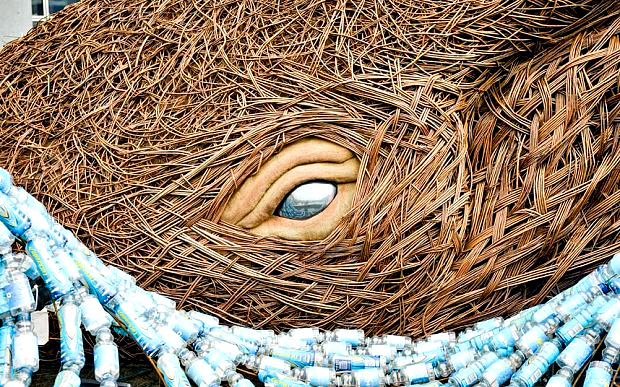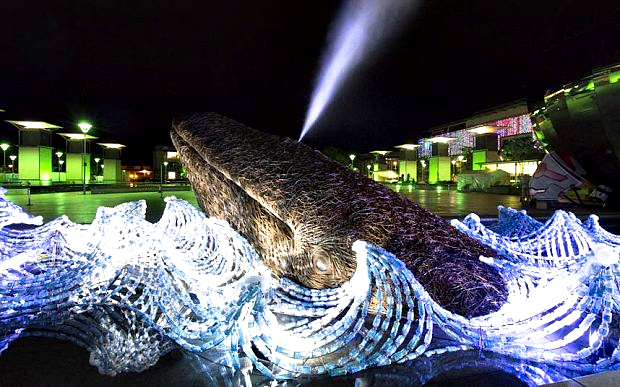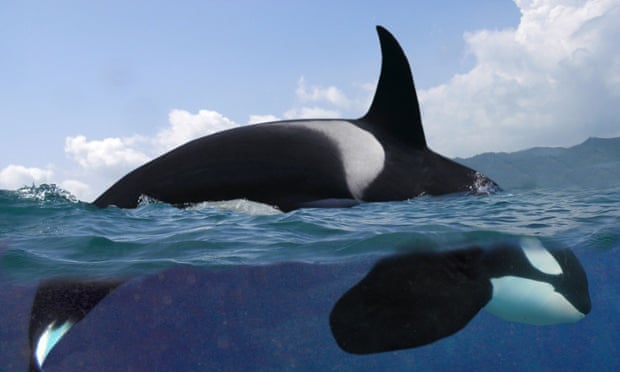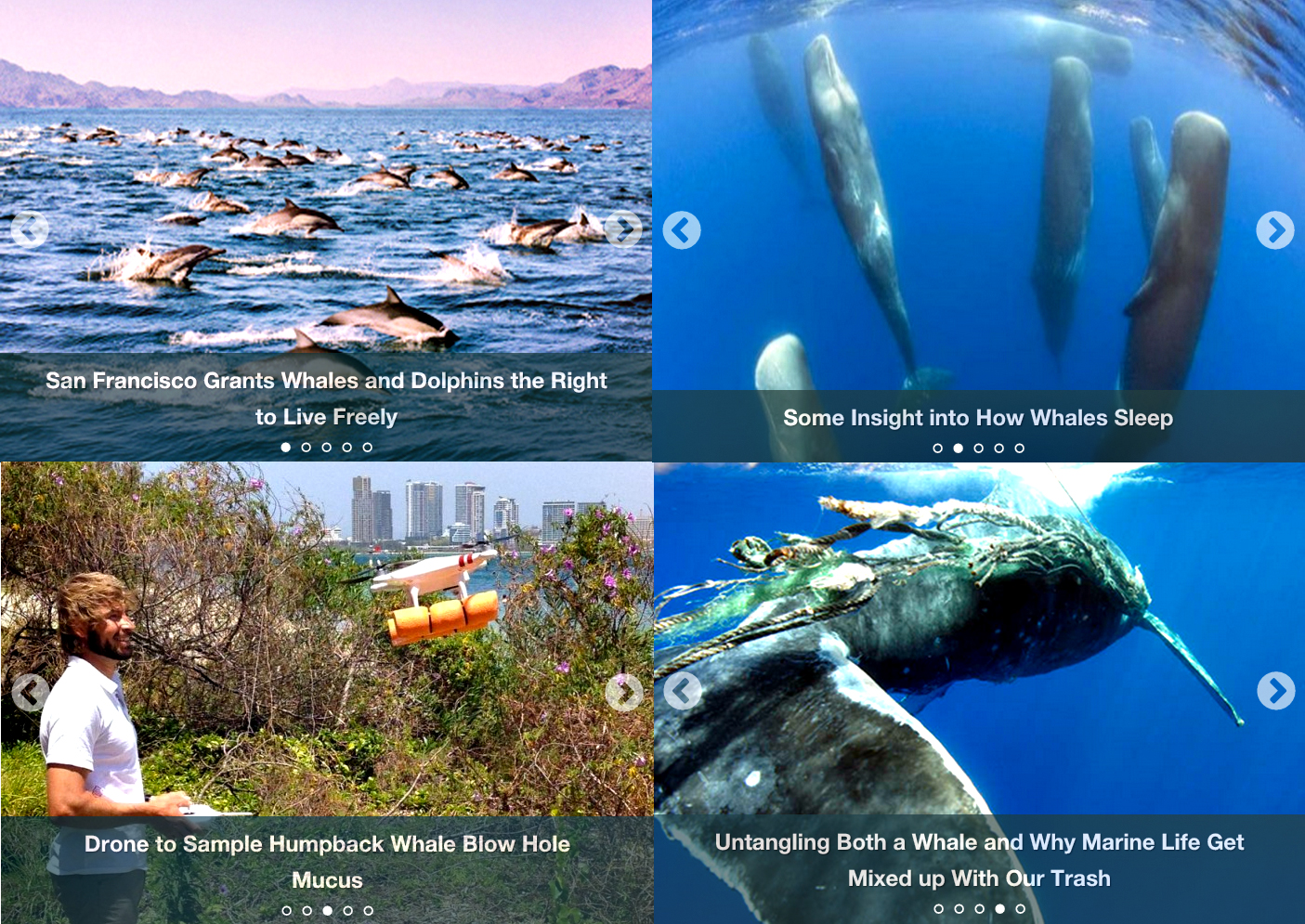FIFTY students from St Patrick’s Catholic Primary School will soon become accredited Junior Whale Whisperers, after a special visit from a Hervey Bay Whale Expert and lovable mascot, Harvey the Humpback Whale.

WHALE WATCHING: Harvey the Humpback visited year 5 students at St Patrick’s Catholic School as part of the Junior Whale Whisperers initiative. Photo: Max Fleet / NewsMail
Following the success of the inaugural Junior Whale Whisperers Program last year, more than 350 young marine life enthusiasts from eight schools across the state were selected to take part in the 2014 program, a joint education initiative by Tourism and Events Queensland and Fraser Coast Opportunities to coincide with the prime whale watching season of July to November.
Students were treated to a fun and informative session on the Southern Hemisphere’s growing whale population, learning about the migration process, as well as how to identify different whales and distinguish unique traits from cheeky spy hopping to the signature whale song produced by the male humpbacks.
Hervey Bay whale expert Andrew Ellis from Fraser Coast Opportunities said the program was a fantastic way to educate and excite Queensland children about the incredible marine life on their doorstep.
“The Fraser Coast is one of the few places in the world where the migrating humpbacks stop and play in the protected waters of the Bay with new research suggesting these majestic mammals stay for an average of 10 days or more – much longer than the two or three days previously believed,” he said.
“At any one time there could be hundreds of whales frolicking in the Bay, with mums and calves dominating the latter half of the season as newborns are taught essential survival skills ahead of the journey to Antarctica.”
St Patrick’s Assistant Principal Cathy Wilson said the students were thrilled to be involved in the Junior Whale Whisperer Program.
“Children are fascinated by whales – the sheer size and mystery of these magnificent mammals, it’s no surprise they were keen to learn more about the humpbacks,” she said.
“They are very enthusiastic about applying their newly acquired whale knowledge and earning their Junior Whale Whisperer stripes.”

















